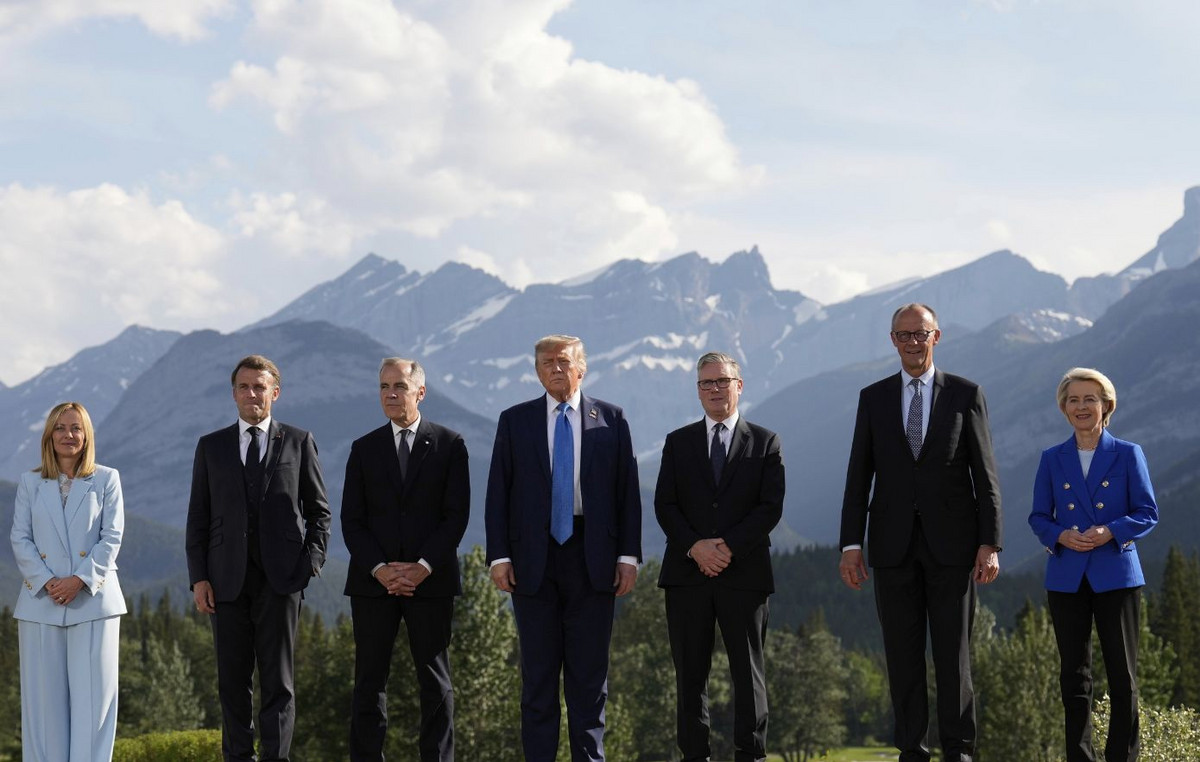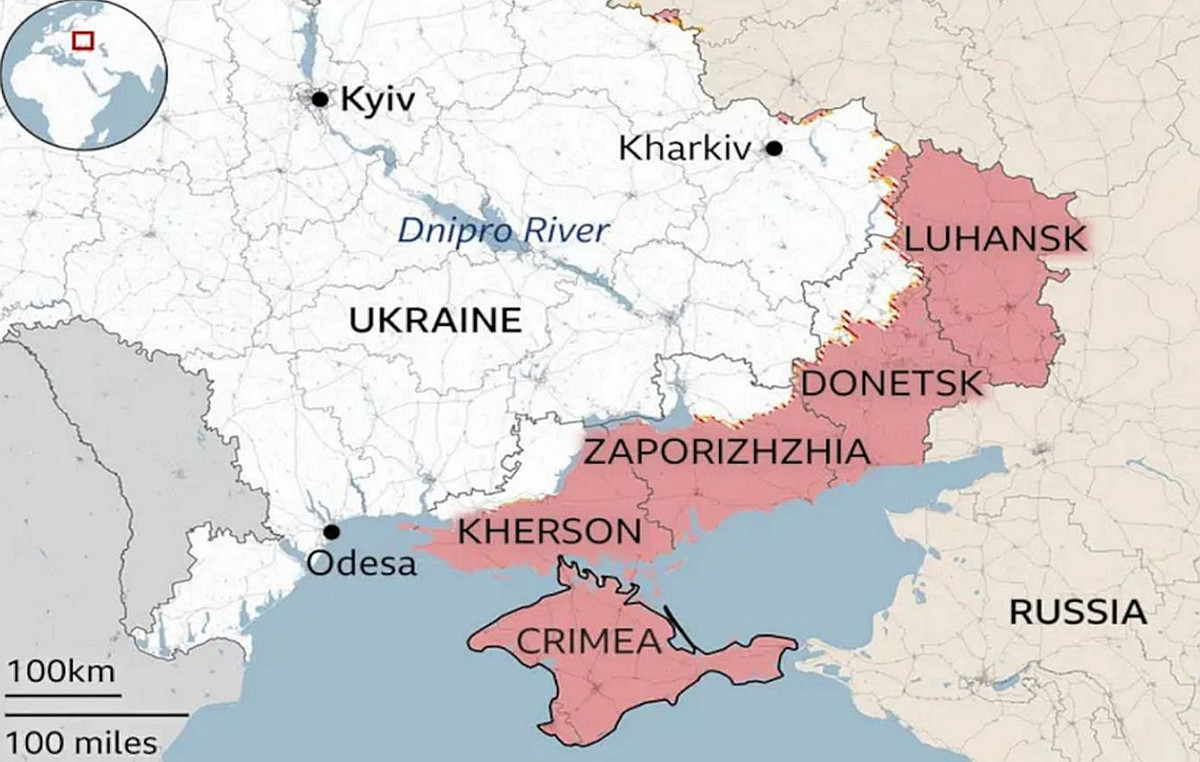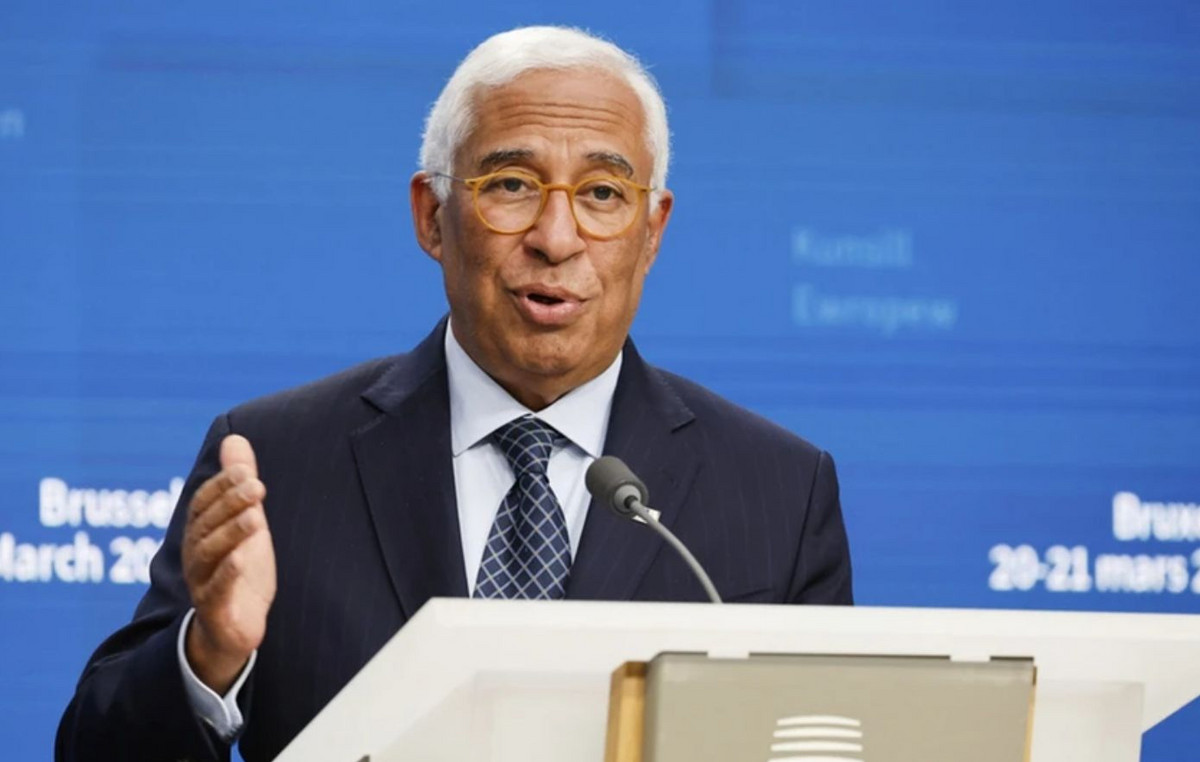- The rIndian Rupee is trading flat on the strength of the US Dollar and rising yields in the United States.
- Indian economy is poised to touch $5 trillion next fiscal year, Union Oil Minister said.
- The US Purchasing Managers' Index (PMI) will be released on Wednesday.
The Indian Rupee (INR) is trading flat on Wednesday despite further strength in the US Dollar (USD) and rising US yields. Strong US economic data suggested that the Federal Reserve (Fed) is unlikely to cut rates as aggressively as the market expects. According to the CME's FedWatch tool, the probability of a rate cut in March is 49%, up from 80% a week ago.
However, India's positive economic outlook offers some support to the Indian Rupee. Union Petroleum Minister Hardeep Puri stated that the Indian economy is set to reach $5 trillion next fiscal year and double its capital to $10 trillion by the end of this decade. Puri further stated that the Indian economy is booming and is expected to be the fastest growing major economy reaching $5 trillion by 2024-25.
Markets await Wednesday's US S&P Global Purchasing Managers' Index (PMI) report for fresh impetus. Later this week, the fourth quarter annualized Gross Domestic Product (GDP) and the underlying December Personal Consumption Expenditure (PCE) Price Index will be released. These two key US developments may provide guidance on the outlook for US interest rates. Indian markets will remain closed on Friday for Republic Day.
Daily Market Summary: Indian Rupee Remains Resilient Amid Global Factors and Uncertainties
- India has replaced Hong Kong as the world's fourth largest stock market, with a capitalization of $4.3 trillion.
- Indian GDP is expected to grow by 7.3% in the current financial year 2023-24, remaining the fastest growing major economy, according to the National Statistics Office.
- The US Richmond Fed Manufacturing Index stood at -15 in January, up from -11 previously, below the market consensus of -7. This data marked its third consecutive negative reading.
- The market now expects 125 basis points (bps) of rate cuts by the Federal Reserve (Fed) in 2024, down from 175 bps at the beginning of the month.
- Fed Governor Christopher Waller stated that the Fed should cut rates “methodically and carefully” and definitely not in a “hasty” manner.
- Atlanta Fed President Raphael Bostic said he expects rate cuts to begin in the third quarter, while San Francisco Fed President Mary Daly suggested policymakers should be patient with cuts. of rates.
- According to forecasts, the S&P Global services PMI index for January will drop from 51.4 to 51.0 points, while the manufacturing PMI will remain at 47.9 points.
Technical Analysis: Indian Rupee remains in the range 82.80-83.40
The Indian Rupee is trading flat on the day. The USD/INR pair remains confined within a familiar range of 82.80-83.40 since September 2023. The USD/INR remains above the 100 EMA on the daily chart. Furthermore, the 14-day Relative Strength Index (RSI) bounces above the 50 midline, supporting the buyers for the time being.
The key resistance level for USD/INR will emerge at the upper boundary of the range at 83.40. The next hurdle lies at 83.47 (2023 high) and 84.00 (round figure). On the downside, the first level of support is at the psychological level of 83.00. If it breaks below that level, the next containment level will be at 82.80 (lower limit of the operating range and low of January 15) and 82.60 (low of August 11).
Indian Rupee FAQ
What are the key factors driving the Indian Rupee?
The Indian Rupee (INR) is one of the currencies most sensitive to external factors. The price of crude oil (the country relies heavily on imported oil), the value of the US Dollar (most trade is done in US dollars), and the level of foreign investment are all influential factors. The Reserve Bank of India's (RBI) direct intervention in the foreign exchange markets to keep the exchange rate stable as well as the level of interest rates set by the RBI are other important factors influencing the Rupee. .
How do the decisions of the Reserve Bank of India affect the Indian Rupee?
The Reserve Bank of India (RBI) actively intervenes in foreign exchange markets to maintain a stable exchange rate and help facilitate trade. Furthermore, the RBI tries to keep the inflation rate at its target of 4% by adjusting interest rates. Higher interest rates tend to strengthen the Rupee. This is due to the role of the “carry trade”, in which investors borrow in countries with lower interest rates to park their money in countries that offer relatively higher interest rates and profit from the difference.
What macroeconomic factors influence the value of the Indian Rupee?
Macroeconomic factors that influence the value of the Rupee include inflation, interest rates, economic growth rate (GDP), trade balance and foreign investment inflows. A higher growth rate can lead to more investment abroad, increasing demand for the Rupee. A less negative trade balance will eventually lead to a stronger Rupee. Higher interest rates, especially real rates (interest rates minus inflation) are also positive for the Rupee. A risk environment can lead to higher inflows of foreign direct and indirect investment (FDI and FII), which also benefit the Rupee.
How does inflation affect the Indian Rupee?
Higher inflation, particularly if it is comparatively higher than other countries, is generally negative for the currency as it reflects a devaluation through excess supply. Inflation also increases the cost of exports, leading to more rupees being sold to buy foreign imports, which is negative for the Indian Rupee. At the same time, higher inflation usually leads the Reserve Bank of India (RBI) to raise interest rates and this can be positive for the Rupee, due to increased demand from international investors. The opposite effect applies to lower inflation.
Source: Fx Street
I am Joshua Winder, a senior-level journalist and editor at World Stock Market. I specialize in covering news related to the stock market and economic trends. With more than 8 years of experience in this field, I have become an expert in financial reporting.







